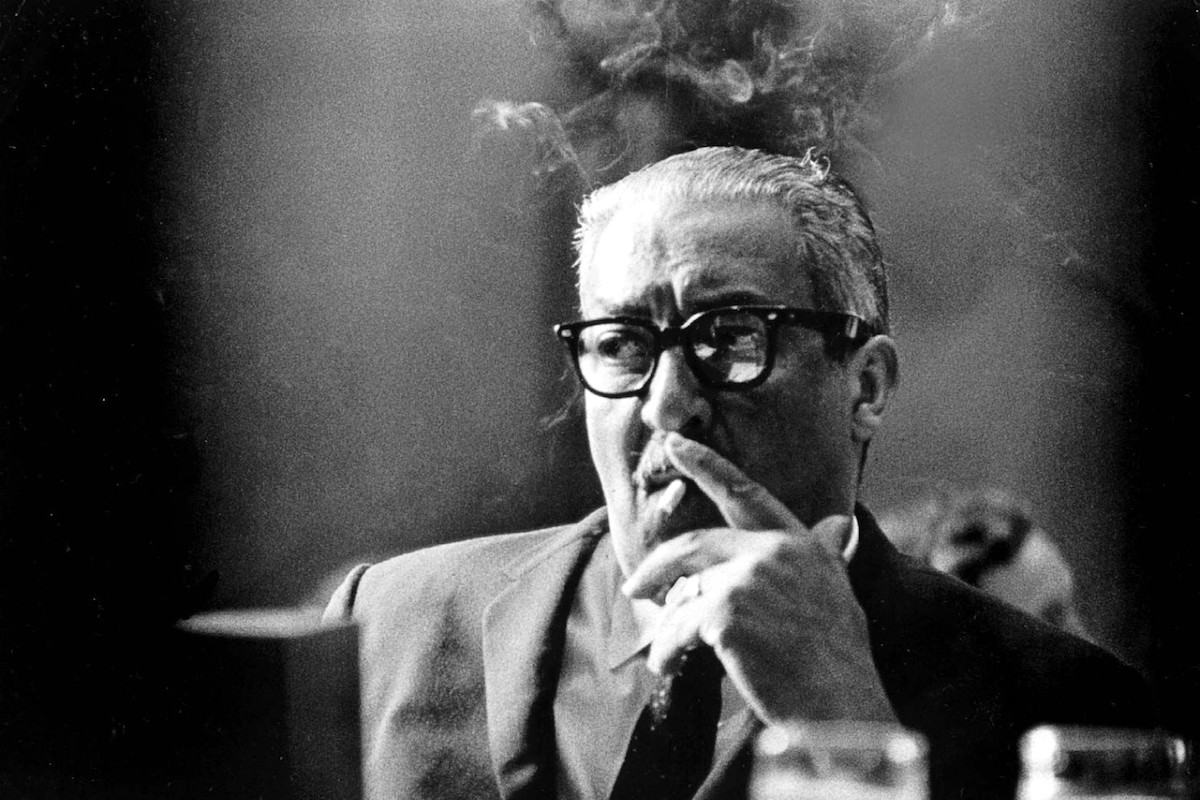As a civil rights attorney, he won a landmark case to end segregation in public schools—then fought to uphold those gains through dissent on a changing Court.
— ERIN BLAKEMORE, National Geographic
DECADES BEFORE THURGOOD Marshall was sworn into the U.S. Supreme Court on October 2, 1967, the man who would become its first Black justice had already transformed American law. Known as “Mr. Civil Rights,” Marshall was one of the architects of the civil rights movement—a passionately progressive attorney who helped end school segregation.
During his barrier-breaking years on the Supreme Court, Marshall continued to advocate for civil and human rights. Yet Marshall’s tenure is perhaps best remembered for his stirring dissent against his increasingly conservative colleagues’ dismantling from the mid-1970s through the 1980s of the equal-protection laws he had championed.
Early life and career
Born in Baltimore in 1908, Marshall was the son of a teacher and a railroad porter. His parents had named him Thoroughgood after his paternal grandfather, who was born into slavery and gained his freedom by escaping from the South, but Marshall shortened the name in grade school because he disliked its length.
— Credits & Context
Featured Image, PHOTOGRAPH BY AP
Full article @ National Geographic
Brown v. Board of Education
Brown v. Board of Education of Topeka, 347 U.S. 483 (1954), was a landmark decision of the U.S. Supreme Court in which the Court ruled that U.S. state laws establishing racial segregation in public schools are unconstitutional, even if the segregated schools are otherwise equal in quality. Handed down on May 17, 1954, the Court’s unanimous (9–0) decision stated that “separate educational facilities are inherently unequal”, and therefore violate the Equal Protection Clause of the Fourteenth Amendment of the U.S. Constitution. However, the decision’s 14 pages did not spell out any sort of method for ending racial segregation in schools, and the Court’s second decision in Brown II (349 U.S. 294 (1955)) only ordered states to desegregate “with all deliberate speed”.
The case originated in 1951 when the public school district in Topeka, Kansas, refused to enroll the daughter of local black resident Oliver Brown at the school closest to their home, instead requiring her to ride a bus to a segregated black elementary school farther away. The Browns and twelve other local black families in similar situations then filed a class action lawsuit in U.S. federal court against the Topeka Board of Education, alleging that its segregation policy was unconstitutional. A three-judge panel of the U.S. District Court for the District of Kansas rendered a verdict against the Browns, relying on the precedent of the Supreme Court’s 1896 decision in Plessy v. Ferguson, in which the Court had ruled that racial segregation was not in itself a violation of the Fourteenth Amendment’s Equal Protection Clause if the facilities in question were otherwise equal, a doctrine that had come to be known as “separate but equal“. The Browns, then represented by NAACP chief counsel Thurgood Marshall, appealed to the Supreme Court, which agreed to hear the case.
The Court’s decision in Brown partially overruled Plessy v. Ferguson by declaring that the “separate but equal” notion was unconstitutional for American public schools and educational facilities. It paved the way for integration and was a major victory of the Civil Rights Movement, and a model for many future impact litigation cases. In the Southern United States, especially the “Deep South“, where racial segregation was deeply entrenched, the reaction to Brown among most white people was “noisy and stubborn”. Many Southern governmental and political leaders embraced a plan known as “Massive Resistance“, created by Virginia Senator Harry F. Byrd, in order to frustrate attempts to force them to de-segregate their school systems. Four years later, in the case of Cooper v. Aaron, the Court reaffirmed its ruling in Brown, and explicitly stated that state officials and legislators had no power to nullify its ruling.
Source – Brown v. Board of Education (Updated: 25 September 2020) Wikipedia. Available at https://en.wikipedia.org/wiki/Brown_v._Board_of_Education, (Accessed: 03 October 2020)

